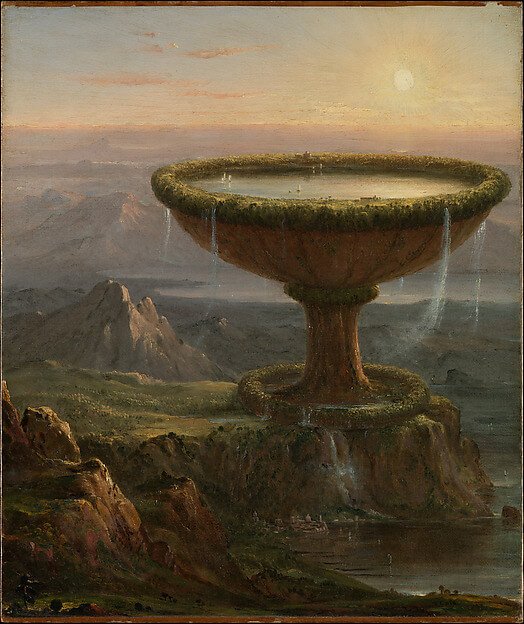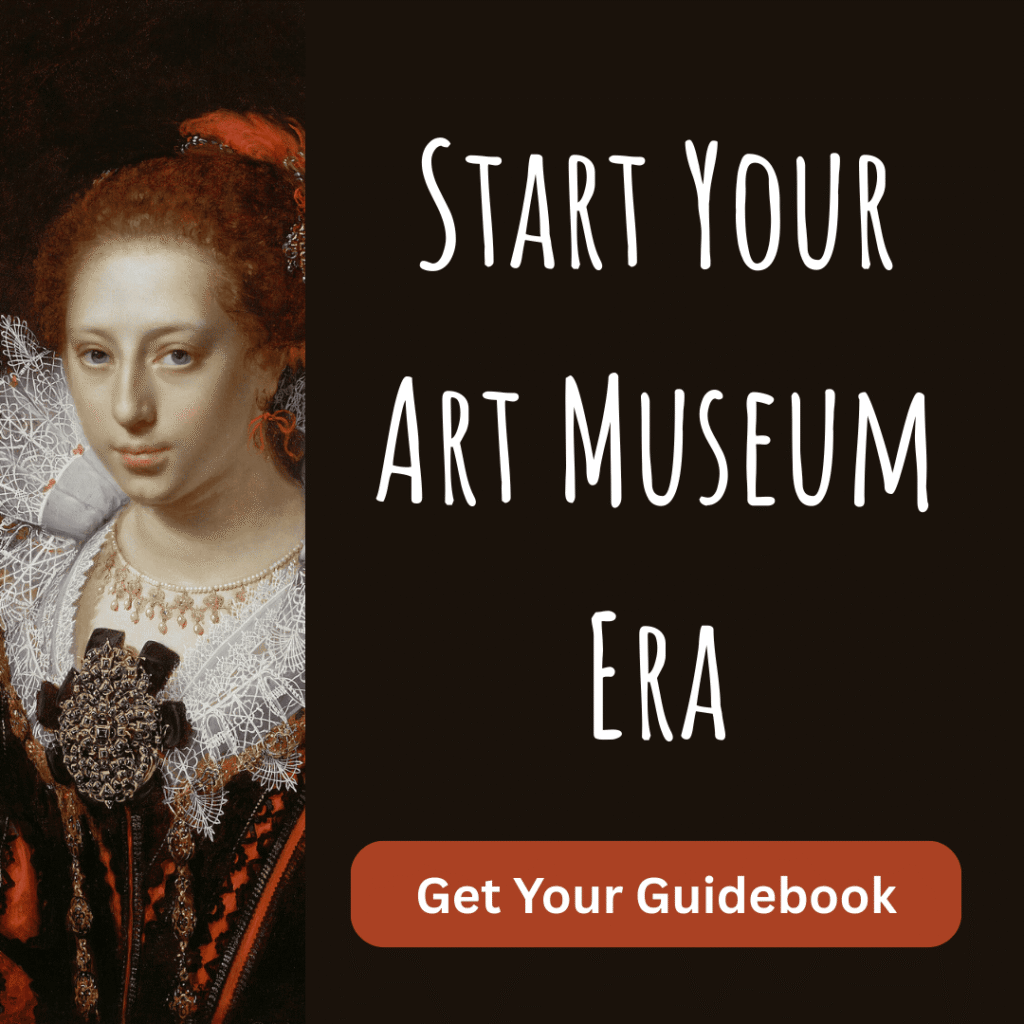Hi everybody! I know I’ve been absent this past week, but it was for good reason. I was off visiting museums in search of new material to write about and exhibitions to review. On Tuesday, I went to the Met to see Michelangelo’s drawings before the exhibition ends. There’s no question that it’s a once-in-a-lifetime experience, and I would strongly encourage anyone who has the opportunity to see it before it closes on February 12. However, I want to talk about something else – an exhibition that opened on the day I went, so I was among the first people to see it: Thomas Cole’s Journeys; Atlantic Crossings.

Did you know that Thomas Cole, founder of arguably the most American art movement to ever exist (the Hudson River School), was actually British? Yep. In fact, it was two hundred years ago this year that 17-year-old Cole came to America. Discussions about Cole usually focus on his role as the originator of America’s first native art movement, but this show portrays Cole as a continuation of his native Britain’s landscape painting tradition. I’ve never seen anyone take up this angle before, and I’m so glad the Met did.
The show juxtaposes Cole’s work with that of notable British landscape painters like John Constable and J.M.W. Turner. See large-scale works by all these artists side by side is heaven for a landscape painting lover like myself. There’s also a work by Claude Lorrain in the show, which makes the whole thing better if that’s even possible.
As for the man himself, Thomas Cole’s Journey: Atlantic Crossings includes a diverse selection of his works. Naturally, there are the northeastern American scenes he’s best known for, including the iconic View From Mount Holyoke (The Oxbow), owned by the Met. The show places a particular emphasis on the European, particularly Italian, landscapes that he painted during his grand tour of the European continent between 1829 and 1832. I guess this was the second Atlantic crossing alluded to by the title’s use of the plural. Then, of course, there’s a healthy dose of his allegorical and fantastical landscapes. Most spectacularly, the entire Course of the Empire series appears on loan from the New York Historical Society. You also get to see some of his preparatory sketches, his painting box, and a rare figurative sketch by Cole.
Near the very end of the exhibition, you can see fellow Hudson River School painter Asher Durand’s tribute to Cole after Cole’s death. Titled Kindred Spirits, it appears here on loan from the Crystal Bridges Museum in Arkansas. It’s a touching painting, especially in person, and I was so happy to finally see it up close. The exhibition opens with a marble bust of Cole, which is cool because I’ve never really thought about what he looked like.
Thomas Cole’s Journey: Atlantic Crossings opened on January 30 and runs through May 13, 2018 in the American Wing of the Metropolitan Museum of Art. I highly recommend it to anyone who even remotely enjoys landscape paintings. It’s a very accessible exhibition – large enough to feel satisfied, small enough that you’re not exhausted by the end, and unlikely to get as crowded as the Michelangelo. Most of the works are large enough to be enjoyed from many vantage points, yet all of them reward close and careful attention should you wish to pay it.
If you enjoy Thomas Cole, read about my visit to his and Frederick Edwin Church’s homes in 2016.


